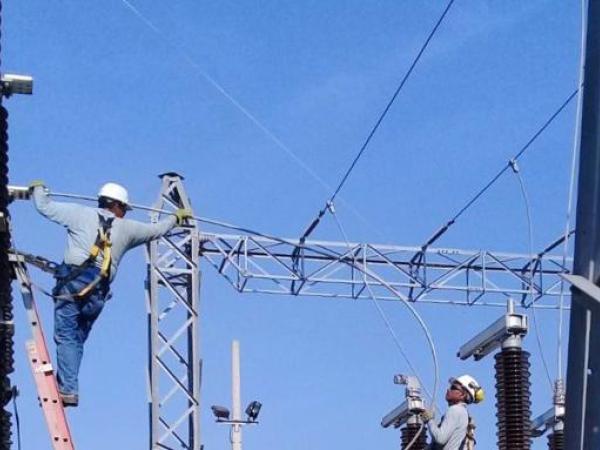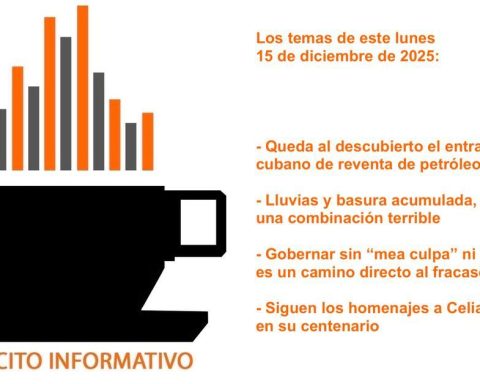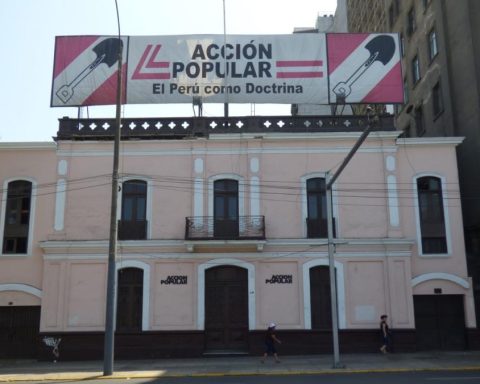Colombia has been one of the Latin American countries that has been showing the greatest increase in the price of electricity rates, an aspect on which Corficolombiana carried out a study that analyzes the behavior of this indicator and which showed that, however, there are nations with a much more expensive kilowatt price.
You may be interested in: Government polishes measures to reduce the price of energy
The document revealed that after the covid-19 pandemic ended in Colombia, energy rates showed a significant increase, the largest in 23 years. The firm announced that, when comparing the 13 most relevant countries in the region, Colombia was in the middle of all.
“Unlike other countries in the region, electricity rates in Colombia showed double-digit increases in the post-pandemic period. However, countries that chose to maintain low price growth for this public service have had to allocate a significant amount of the nation’s budget to subsidize rates, as in the case of Mexico, or experience sudden increases in prices later. of prolonged periods of tariff freezing, as in the case of Chile”, it is read in a section of the document.
Colombia versus the countries of the region
With this context, among the countries that presented the highest monthly residential consumption during 2023, it was found that Uruguay is the one with the highest energy rates.
In 2019, before the pandemic, the price per kilowatt was 28 dollars and went to 33 dollarswhile in El Salvador it went from 20 dollars per kilowatt to 21 dollars, and Guatemala followed with 20 dollars per kilowatt in 2023 (in 2019 it was 19 dollars) and in the fourth place of the highest was Costa Rica with the $17 (previously $18).
Meanwhile, within this study, the countries with the smallest increase in energy rates were also revealed.
Paraguay went from $3 per kilowatt in 2019 to $2 in 2023, a case similar to that of Argentina, which five years ago registered a rate of $6 and in 2023 it stood at $4 per kilowatt.
In turn, Ecuador is one of the countries in the region that has remained stable at 7 pesos per kilowatt, while Brazil and Mexico have increased to 8 dollars, the first from 7 dollars in 2019, and the second from 6 dollars .
Recommended: Unions responded to the president after saying that the rate is not regulated by the State
Thus, Colombia was located in the middle of the Latin American countries with the highest prices in its energy rates. Indeed, in 2019 prior to the pandemic, the average cost of each kilowatt in the country was 10 dollars, and in 2023, after five years, it increased to levels of 15 dollars for each kilowatt.
“Colombia not only had a different behavior within the region, but within the country the rates also show significant heterogeneity. “Electricity prices on the Atlantic Coast are much higher than in the rest of the country due to the higher values of the rate option and the loss component.”highlighted Corficolombiana.
Energy rates.
EL TIEMPO Archive
The causes of the increases
When revealing these figures, Corficolombiana provided several arguments that explain why Colombia has been presenting these increases in energy rates. One of the points has to do with the behavior of inflation in recent years, which doubled compared to previous years.
“The impact of the price of electricity on total inflation doubled in the post-pandemic period, representing 6.1% of inflation in 2021-2024, compared to 3.6% in previous periods, notably increasing the pressure “inflationary”explains the Corficolombiana team.
Mainly this result has been marked by the Atlantic Coast, where in 2023 it was reported to be 18% more expensive than in the rest of the country, due to higher costs in components such as losses and the tariff option, which affected the region more seriously.
Thus, between 2021 and 2022 the rate reliefs on the Caribbean Coast due to the rate option were higher than in other regions. For this reason, the accumulated debt balances (close to $5 billion) are higher today in the region’s marketing companies (Afinia and Air-e), currently reflected in higher rates than the rest of the country.
“Although the Government announced that the collection of the Rate Option for Air-e users will be suspended as of October, it is necessary that the Government’s decision to assume the debt of the rate option for strata 1, 2 and 3 in the rest of the country, allocating “2.6 billion”, noted the Corficolombiana study.
And he added that with these payments electricity rates could be reduced in the other departments of the Atlantic Coast by 9% and in the rest of the country by 5% on average.
It is worth mentioning that this measure has already been incorporated into the 2025 PGN Financing bill, but this initiative has not yet begun its processing in the Congress of the Republic, which could generate a delay in its materialization.
Strategies to mitigate the increase
One of the calls that Corficolombiana made to the National Government through this study is that additional measures be sought to begin to reduce the loss component.
Given this scenario, the firm assured that a correspondence system must be created with the loss points so that they can be recovered. He warned that if the incentives were not achieved and continued, the possibility could open that the loss component would increase in the long term.
Also read: Petro attacks the energy formula although there is no progress regarding the tariff option
Another solution that Corficolombiana provided has to do with the design of an indexer that more accurately captures the costs of energy generation.
And he concludes that it is urgent to expedite the implementation of new projects that increase the energy supply. Furthermore, it is necessary to diversify the technologies used, not only limiting it to non-conventional renewable sources, but also including thermal and hydroelectric generation.
Leidy Ruiz
PORTFOLIO


















